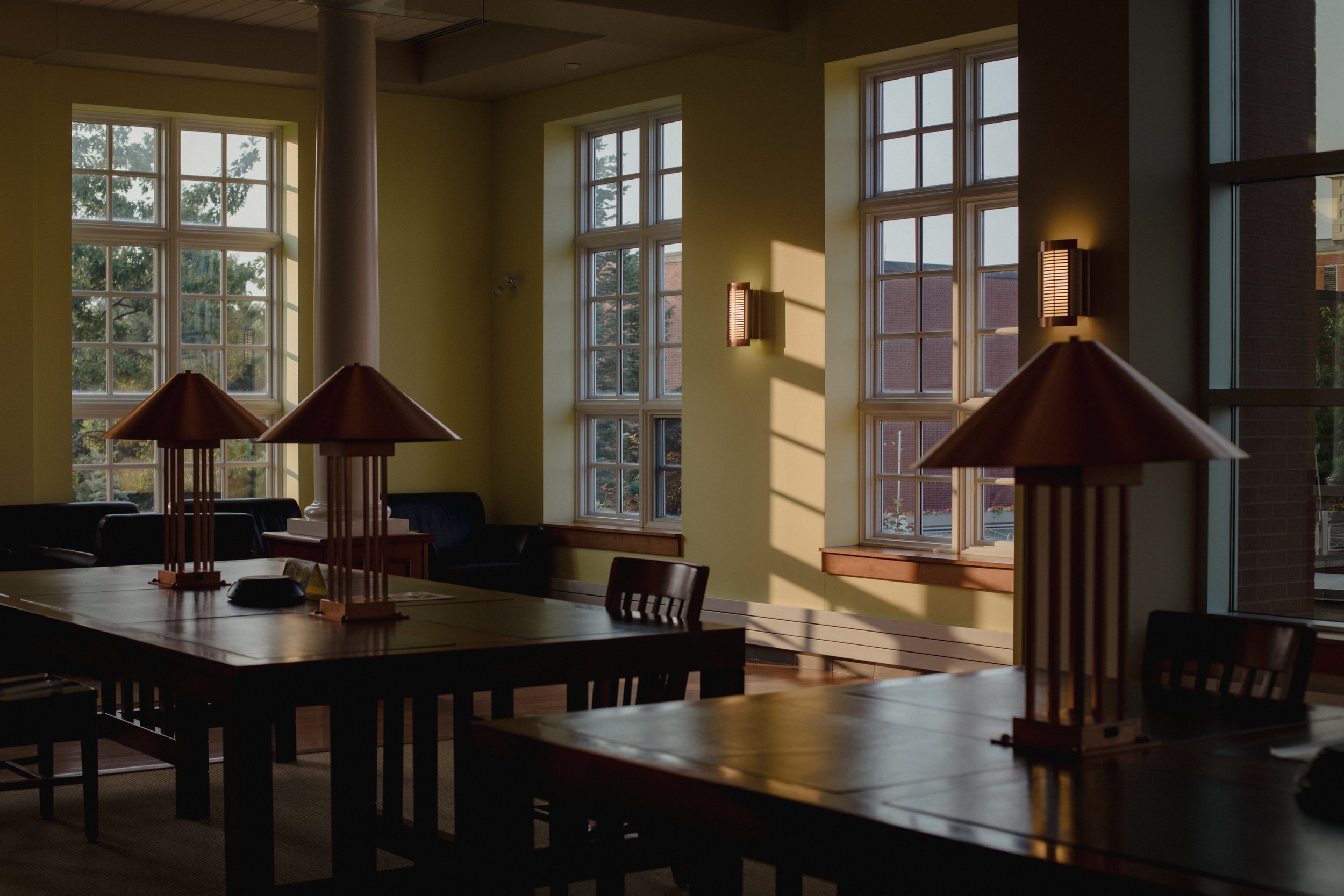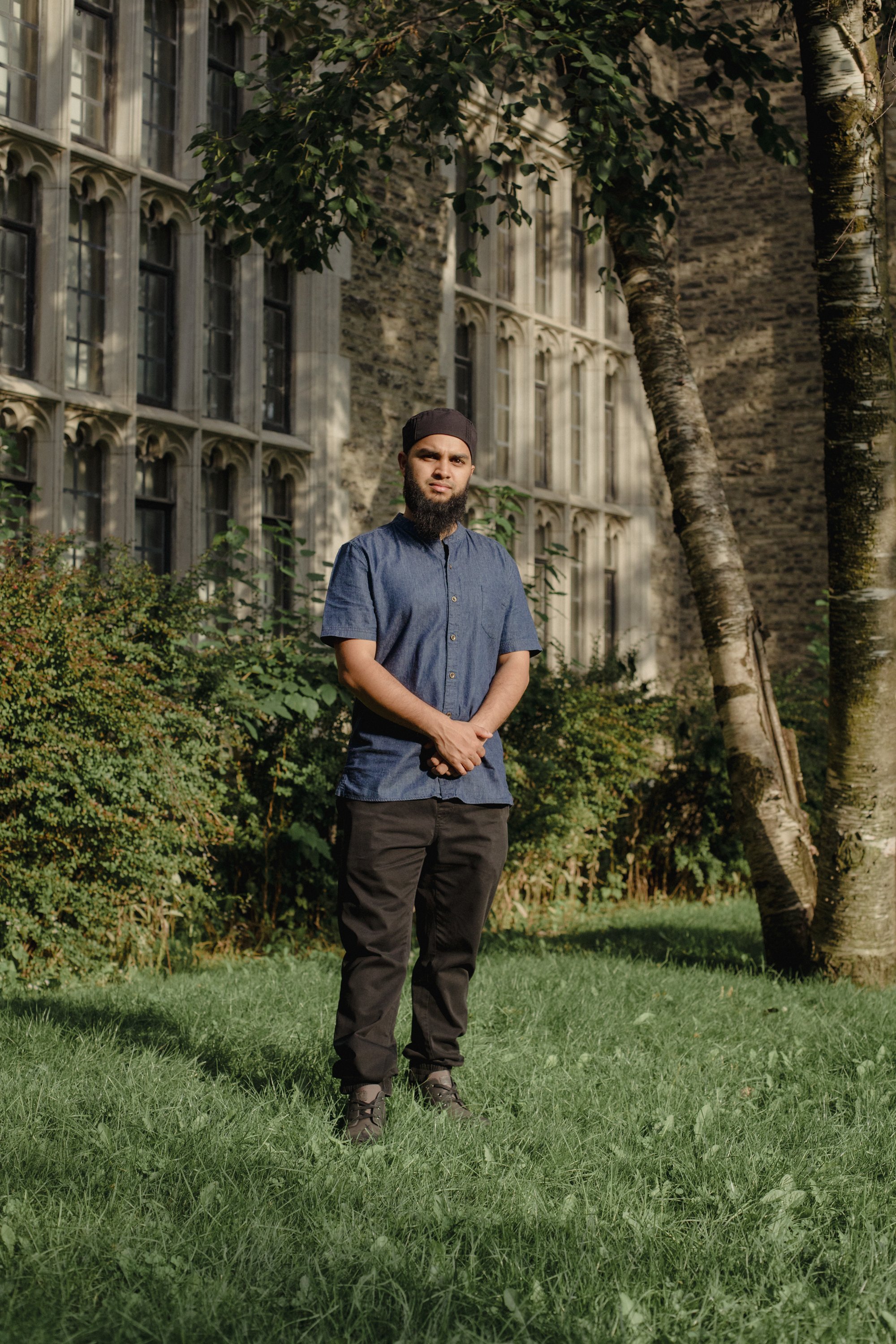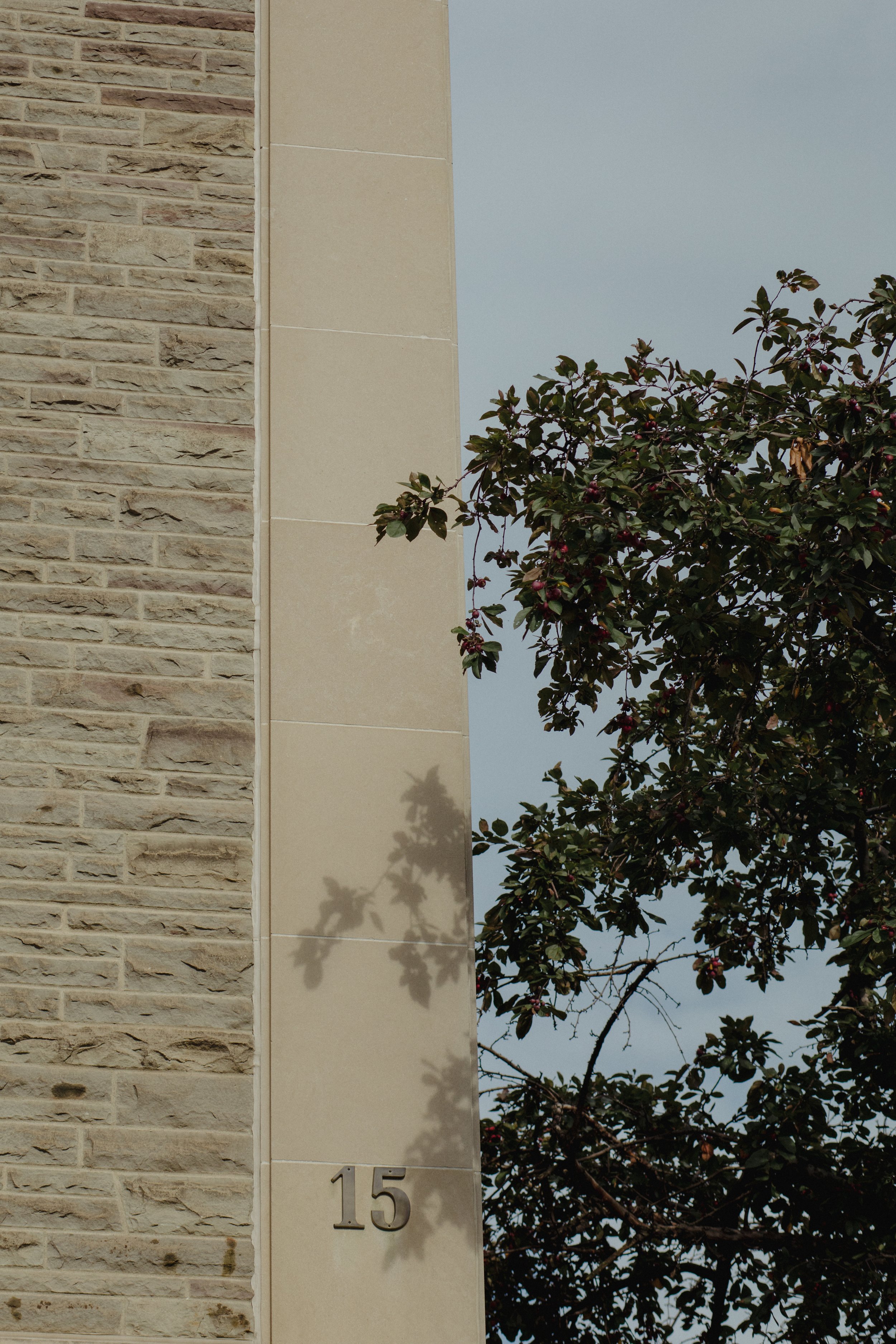Over the last decade, reports of post-secondary students trying and failing to secure psychological services in Canada have become ubiquitous. Psychiatrists now talk about a mental health crisis on campus, and it isn’t hard to see why. In 2019, the National College Health Assessment, which surveys students at Canadian postsecondary institutions, found that almost 70 percent said they had felt “overwhelming anxiety” in the previous twelve months, and more than half said they were living with debilitating depression. The same study found that over 16 percent of students had seriously considered suicide, an increase from 10 percent in 2013. Universities, however, are more inclusive and campuses are offering more wellness programming than ever before. Why is mental health on university campuses in crisis? With the support of the OCUFA Fellowship in Higher Education Journalism, writer Simon Lewsen and I set out to explore this paradox.
To fully understand the present mental health crisis on university campuses, one has to appreciate a fundamental and often overlooked fact: higher education is not what it used to be. Not only do we have a more diverse student body with equally diverse psychiatric needs, we also have an academic culture that has changed profoundly in the past six decades, making the university experience more stressful than it once was.
“It was easier back then to have a middle-class lifestyle without a university degree,” says Alex Usher, president of the consulting firm Higher Education Strategy Associates. In the decades that followed, things slowly shifted. First came the economic downturn of the 1970s, which brought a new era of class stratification. Then came the early ’90s recession, which saw both dramatic cuts in government funding to higher education and two-fold increases in tuition.By this point, universities had become both less affordable and more necessary than before.
In the twenty-first century, skyrocketing property values further increased students’ cost of living. By 2018, average student debt at graduation had more than tripled since the early ’80s. Schools also got bigger as millennials came of age and universities began aggressively courting international students, who pay vastly more in tuition than their Canadian peers. Between 2000 and 2019, total enrolment at Canadian universities increased by 78 percent, placing new demands on student support systems. Today, as campus populations grow, students have reported depersonalized classrooms, making university culture more alienating than before. The National College Health Assessment survey notes that, in 2019, 70 percent of Canadian students experienced extreme loneliness. Rising enrolment numbers have also contributed to a sense among young people — perhaps more illusory than real but strongly felt nevertheless — that they are jockeying in a crowded arena for a dwindling number of jobs.
Nobody would argue that the pandemic has been good for psychiatric health. As universities have transitioned to remote learning, students have found themselves isolated from friends, health care providers, and support networks. It’s tempting to assume that, as campus life normalizes, the crisis will return to the pre-pandemic status quo, but the status quo was dire to begin with. When it comes to student mental health, the worst that can be said of covid-19 is that it exacerbated a problem it didn’t create.
PUBLICATION
The Walrus - Inside the Mental Health Crisis Facing College and University Students
This project was made possible by the support of the OCUFA Fellowship in Higher Education Journalism








